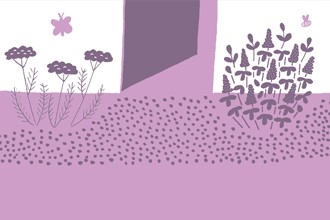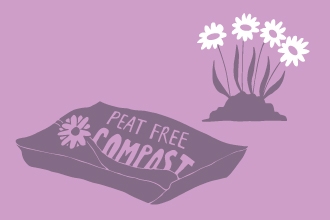It’s been an exciting few months as I've been finding my feet, getting to know the Trust and working on all things sustainability and climate change. I thought it time to follow in the blog-steps of my predecessor, Sean, so here's a quick overview of my picking up where he left off and developing the next phase of our work to help wildlife in the face of climate change.
Wildlife Trusts across the country have an ambitious but crucial goal of achieving net zero greenhouse gas emissions by 2030. This means that lots of us are sharing our findings and supporting each other as we focus on enhancing our own Trust's sustainability and lowering our carbon footprint. This is a vital practice that all organisations need to work on in order to reduce the UK's greenhouse gas emissions. Whilst it's important for the Trust to be more sustainable to help mitigate the effects of climate change, we also need to be a leading voice for in encouraging others to act more sustainably too. Our goal to maintain and create habitats to support wildlife, and to inspire others to do so, hasn't changed but encouraging climate-friendly action is essential in helping wildlife to bounce back.



